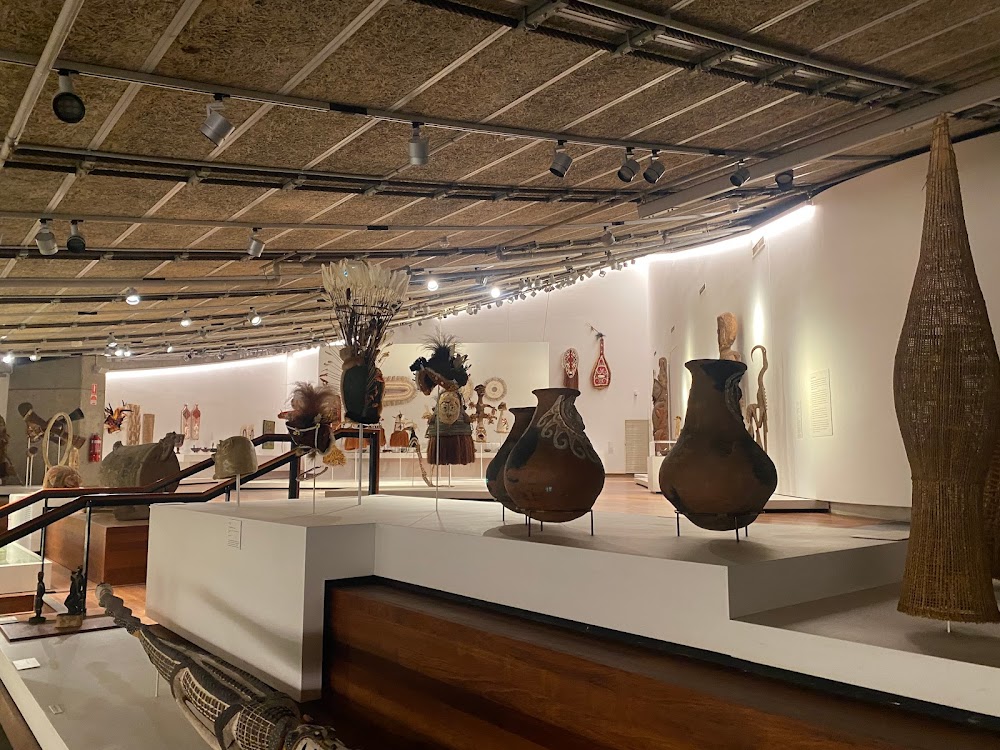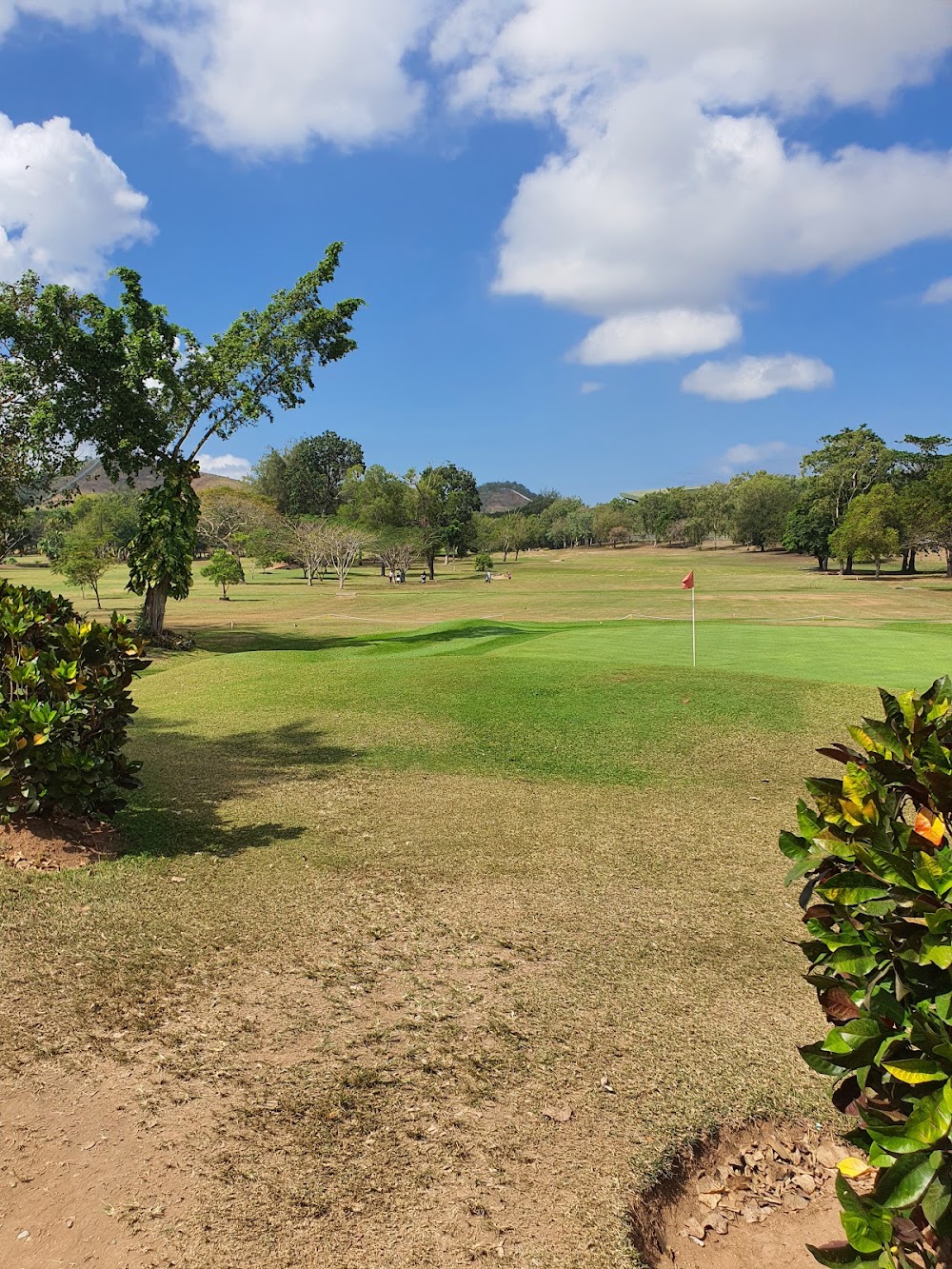Paga Hill (Paga Hill)
Overview
**Paga Hill: A Jewel of Port Moresby**
Paga Hill rises majestically in the coastal city of Port Moresby, the vibrant capital of Papua New Guinea. With its breathtaking panoramic views of the harbor and its close proximity to the bustling city center, Paga Hill has long been recognized as a landmark of both historical and cultural significance.
Long before modern developments transformed its landscape, Paga Hill served as a vital lookout point for local tribes. Its elevated position offered an excellent vantage for observing the coastal waters and any approaching ships or canoes. This strategic location made it an invaluable site for early settlers, who relied on it for both defense and navigation.
**Colonial Era Significance**
The importance of Paga Hill grew during the colonial era. In the late 19th and early 20th centuries, British colonial forces acknowledged the hill's strategic advantage and utilized it as a fortification point. They constructed defensive structures and established control posts, enabling them to monitor activities in the harbor and its surroundings.
With Papua New Guinea gaining independence in 1975, a new vision emerged to develop Paga Hill into a hub for tourism and local culture. The aim was to celebrate its rich historical significance while transforming it into a modern attraction. In the 1990s, local government and private entities collaborated to create a master plan that harmonized historic preservation with new development, all geared toward boosting tourism.
**Enhancing the Visitor Experience**
One of the first initiatives was the establishment of walking trails leading to the summit, allowing locals and tourists alike to enjoy the stunning views. Informational boards along these trails narrate the history of Paga Hill, highlighting its importance from prehistoric times through the colonial era. Designed to blend seamlessly with the natural landscape, these trails ensure that the beauty of the hill remains largely untouched.
In the following years, a variety of structures and attractions blossomed on Paga Hill. A cultural center was built to celebrate the rich traditions and heritage of Papua New Guinea. This vibrant center hosts exhibitions, traditional dance performances, and educational programs that enlighten visitors about the country's diverse cultures. Constructed using local materials and traditional techniques, the cultural center provides an authentic experience while boosting the local economy.
**A Taste of Local Culture**
Further enhancing Paga Hill's appeal, dining and retail spaces emerged, featuring restaurants that serve local cuisine and shops offering handcrafted goods. This development not only promotes tourism but also provides sustainable livelihoods for local artisans and entrepreneurs, allowing visitors to savor the essence of Papua New Guinea's culture.
A key feature that transformed Paga Hill was the addition of an amphitheater. This open-air venue has become a focal point for community events, including music festivals, film screenings, and public gatherings. Incorporating modern design with traditional motifs, the amphitheater can accommodate hundreds of attendees, making it an ideal spot for celebrations and socializing.
**Ecological Initiatives**
In recent years, efforts have intensified to enhance the ecological aspect of Paga Hill. Environmentally-friendly initiatives have been launched to preserve the hill's natural habitat, including tree planting drives, waste management programs, and educational campaigns. These initiatives ensure that Paga Hill remains a green and sustainable space for future generations.
Today, Paga Hill stands as a remarkable fusion of historical reverence and modern vibrancy. It offers a multifaceted experience for visitors, from breathtaking views and historical insights to cultural immersion and ecological harmony. The evolution of Paga Hill embodies the spirit of Port Moresby—respecting tradition while embracing progress.






